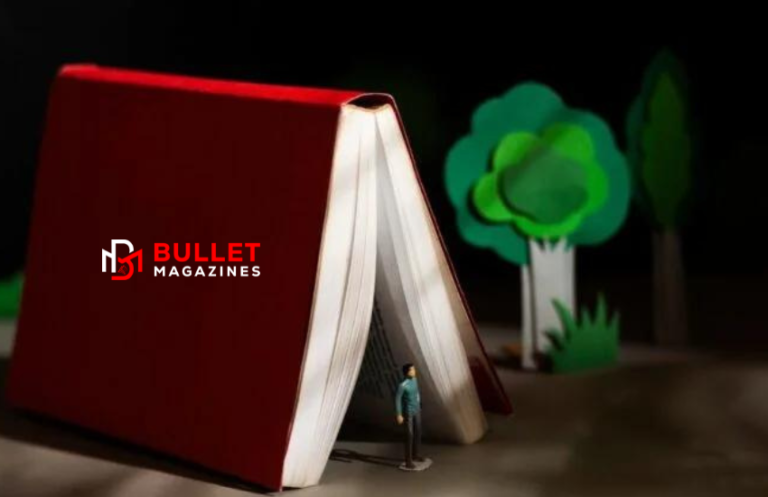Dive into the captivating world of “The Flower of Veneration Chapter 1“, where the saga begins with a rich blend of culture, mystery, and conflict. This guide offers an extensive analysis aimed at providing readers with a deeper understanding of the narrative techniques, character motivations, and thematic underpinnings introduced from the very first page. Whether you’re a literature aficionado or a curious newcomer, this exploration will offer fresh perspectives and enhance your appreciation of the novel’s complex opening chapter.
Setting the Scene
“The Flower of Veneration Chapter 1” opens with a picturesque description of the landscape intertwined with a bustling community preparing for a significant local event. This vivid backdrop is not just a setting. But a living canvas that interacts with the characters and influences the unfolding story. The detailed portrayal of the setting immerses readers in a place where every alley and home tells a story. Setting the stage for the narrative conflicts and character interactions that define the chapter.
Narrative Structure and Style
This section examines the author’s choice of narrative structure and stylistic elements that captivate and engage the reader. The use of a third-person omniscient narrator provides a panoramic view of the events and thoughts of the characters, allowing for a multifaceted understanding of the story. Additionally, the elegant yet accessible prose helps to weave a tale that is as lyrical as it is gripping. Analyzing these choices gives insight into how the style and structure serve the story’s broader themes and characters’ journeys.
Core Themes and Motifs
The first chapter introduces core themes such as legacy, identity, and duty, which are explored through the interactions and internal conflicts of the characters. These themes are not only central to the chapter but are expected to recur throughout the novel. This analysis focuses on how these themes are introduced and the techniques the author uses to embed them deeply within the narrative, ensuring that they resonate with the reader and set a thematic continuity for subsequent chapters.
Character Introductions and Dynamics
In “The Flower of Veneration Chapter 1,” the introduction of key characters is handle with a balance of subtlety and depth. This section delves into the complexities of the protagonist and supporting characters. Examining their initial portrayals and the hints of their deeper stories. The dynamics between characters are also explore. Revealing how their relationships set the foundation for the novel’s emotional and narrative arcs.
Predictions and Possibilities
Reflecting on the chapter’s conclusion, this section speculates on potential developments in the story. The unresolved tensions and questions posed by the end of Chapter 1 open up numerous possibilities for future twists and character evolutions. This part of the blog engages readers in theorizing about the directions the story might take. Building anticipation for the unfolding drama.
Conclusion
Wrapping up the analysis of “The Flower of Veneration Chapter 1,” this section summarizes the key insights discussed and reflects on the chapter’s significance as the opening to a larger narrative. It reaffirms how the first chapter sets a compelling stage for the rest of the novel. Promising a journey of emotional depth, thematic exploration, and narrative intrigue.
FAQs
- How does the author use the setting to enhance the story?
- The setting is intricately describe and actively contributes to the mood and themes. Influencing the characters’ actions and the story’s tone.
- What narrative technique is predominant in Chapter 1?
- The use of a third-person omniscient viewpoint allows deep dives into multiple characters’ thoughts, enhancing the narrative’s depth.
- Which themes are introduce in the first chapter?
- Themes of legacy, identity, and duty are woven throughout the interactions and internal struggles of the characters.
- What role do the festivals play in the story?
- Festivals serve as a backdrop for major events and are a catalyst for character interactions and conflicts.
- What potential plot developments can be anticipate?
- The unresolved issues and character dynamics suggest possible conflicts and growth, with the protagonist possibly challenging traditional values.


